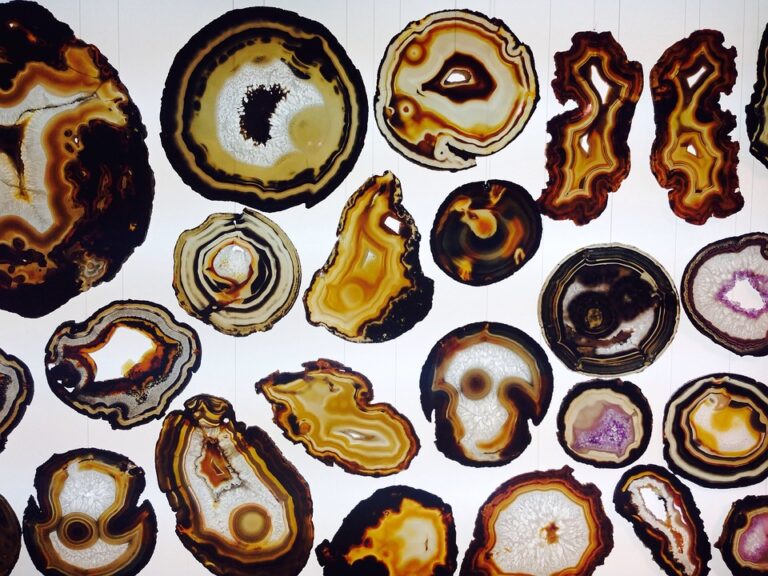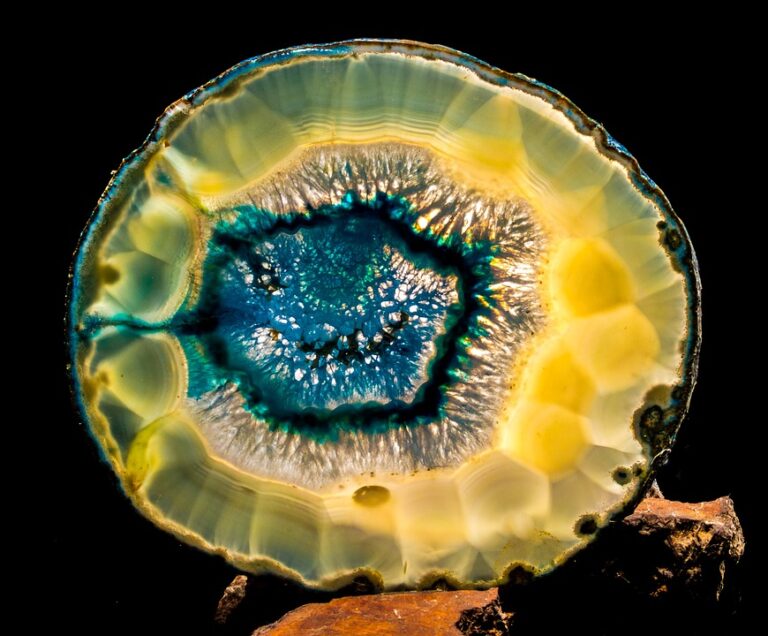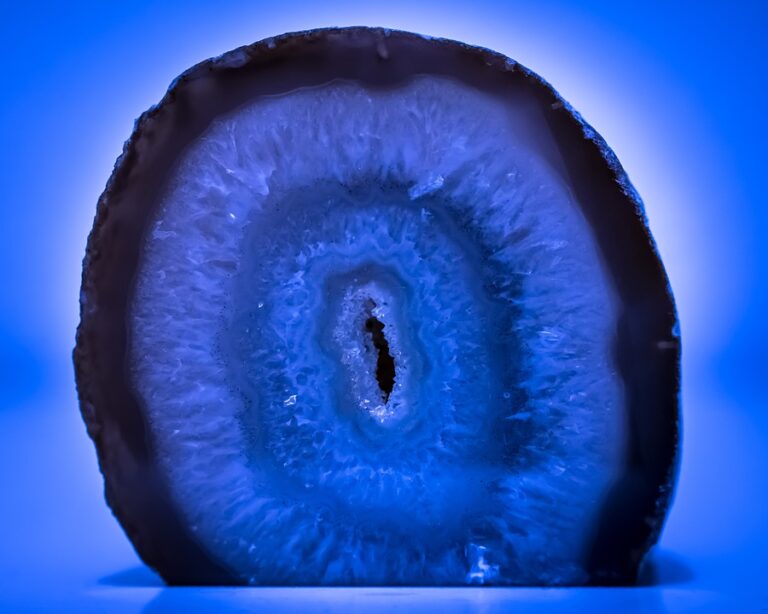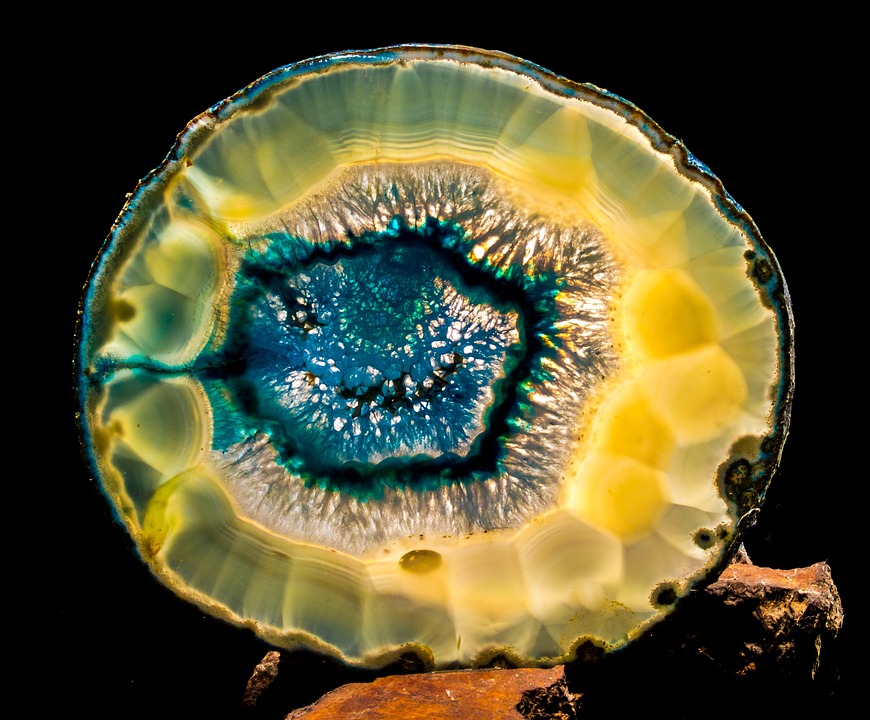-
Street Name, NY 38954
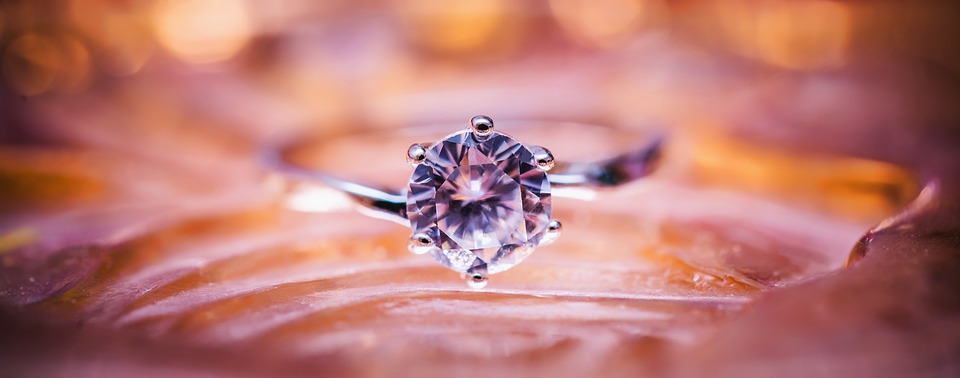
Agate Ring 101: A Beginner’s Guide to Choosing the Perfect Piece
Agate Rings 101: A Beginner’s Guide to Choosing the Perfect Piece
For centuries, agate has been a popular gemstone among jewelry enthusiasts, prized for its vibrant colors, unique patterns, and stunning beauty. Whether you’re a seasoned collector or just starting to explore the world of gemstones, an agate ring can make a wonderful addition to any jewelry collection. But with so many options available, it’s easy to feel overwhelmed. In this beginner’s guide, we’ll walk you through the basics of agate rings, helping you navigate the world of agate with confidence.
The 101 on Agate Rings
So, what is agate, exactly? Agate is a type of chalcedony, a cryptocrystalline form of silica that’s closely related to quartz. It’s often divided into two main categories: banded agate and fortification agate. Banded agate is characterized by its distinctive bands or stripes, which can be creamy whites, earthy tones, or even bright pinks and oranges. Fortification agate, on the other hand, features intricate patterns or designs that resemble the scales on a fish. Both types of agate are highly sought after for their unique beauty and durability.
A glance at an agate ring will reveal a few essential characteristics. First, note the color palette. Agate is often associated with earthy tones, but you’ll also find vibrant pinks, blues, and greens. The colors might be subtle or bold, depending on the type of agate and any treatments it may have received. Next, look at the patterns. Banded agate often features broad, sweeping stripes, while fortification agate boasts intricate, curved designs. Finally, observe the clarity – some agates are more opaque, while others are relatively transparent.
Considering Your Options
Now that you’re familiar with the basics, it’s time to think about your individual preferences. Ask yourself a few questions:
* What are my favorite colors? Do you lean towards earthy tones or bold, bright hues?
* Do I prefer a delicate, understated look or a statement piece?
* Am I interested in a specific type of agate, such as banded or fortification?
* Will the ring be for everyday wear or a special occasion?
* What’s my budget for this new addition to my jewelry collection?
Answering these questions will help you narrow down your options. For instance, if you prefer bold colors, you might opt for a vibrant pink or blue agate ring. If you’re looking for something more understated, a rich, earthy tone like terracotta or sage might be a better fit. If you’re on a budget, consider a smaller, simpler design or one that incorporates alternative gemstones.
About Quality and Authenticity
When shopping for an agate ring, quality and authenticity are crucial. Look for jewelry from reputable dealers or online retailers, and ensure that the stones are certified by a reputable gemological organization, such as the Gemological Institute of America (GIA) or the International Gemology Institute (IGI). Agate rings may be treated to enhance their appearance, but it’s essential to understand the process and potential risks involved.
Here are a few red flags to watch out for:
* Unclear description of the agate type, treatment, and certification
* Inconsistent coloration or lack of distinct patterns
* Low-quality craftsmanship or poorly fitted settings
* No clear return or exchange policy
Opt for a reputable seller and a clear, detailed description of the agate, including its type, treatment, and certification. Be wary of extremely low prices or unrealistic claims – if it seems too good to be true, it likely is.
Maintaining Your Agate Ring
Agate is a relatively durable gemstone, but it still requires proper care. Here are a few tips to keep your agate ring looking its best:
* Avoid using harsh chemicals or cleaning products, as they may damage the agate.
* Store your agate ring separately from other jewelry to prevent scratching or tangling.
* Clean your agate ring gently with a soft cloth and mild soap, then dry it thoroughly to prevent water spots.
* Consider applying a clear resin or sealant to protect the agate and enhance its appearance.
Conclusion
Purchasing an agate ring can be an exciting experience, especially with this beginner’s guide to help you navigate the world of agate. Remember to consider your personal preferences, explore quality and authenticity, and maintain your new treasure properly. With these tips in mind, you’ll be well on your way to finding the perfect agate ring for you.
FAQs
Q: Is agate a soft or hard gemstone?
A: Agate is relatively soft, with a Mohs hardness of 6.5 to 7. This means it can scratch or chip easily, but it’s still durable enough for everyday wear.
Q: Can I wear my agate ring in water?
A: Yes, but it’s recommended to remove your agate ring when washing your hands or engaging in water-based activities. Agate can still be damaged by harsh chemicals or excessive water exposure, so be cautious.
Q: Can I treat my agate ring at home?
A: It’s generally not recommended to treat your agate ring at home, as this can lead to damage or discoloration. Instead, entrust a professional gemstone treatment or enhancement services to experts in the field.
Q: How do I know if my agate ring is genuine?
A: Look for certification from a reputable gemological organization, such as the GIA or IGI. A clear, detailed description of the agate type, treatment, and certification from a reputable seller can also ensure authenticity.
Q: Can I combine an agate ring with other gemstones?
A: Absolutely! Agate pairs well with other gemstones, particularly earthy tones like moss or jasper. However, be cautious when combining soft gemstones, as agate can scratch or chip them easily. Opt for durable stones like diamonds or sapphires for a more timeless look.
Q: How do I store my agate ring when not in use?
A: Store your agate ring in a soft pouch or cloth-lined box to prevent scratching or tangling. Avoid stacking or mixing with other jewelry, as this can cause damage or loss.
